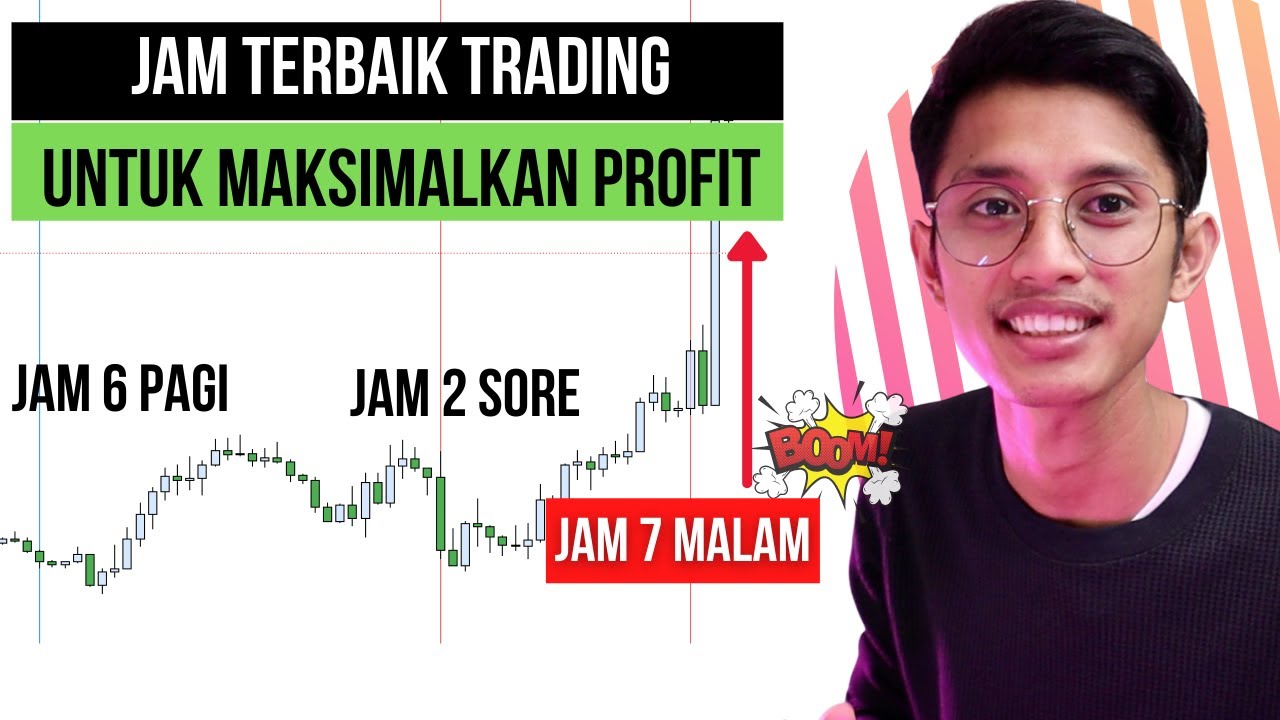Time Trading Made Simple
Summary
TLDRThis video from the MMC series explores the significance of trading time in relation to market volatility. It explains how combining the right time with price action increases trade probability, using economic calendars to identify volatile periods. The script demystifies the concept of 'time' in trading, emphasizing the importance of risk management and avoiding the pitfalls of overtrading. It also advises on navigating high-impact news events like NFP, FOMC statements, and CPI, advocating for a strategic approach to trading that respects both market dynamics and trader psychology.
Takeaways
- 🕒 Importance of Time: Trading time is crucial as it supports the probability of price movement in line with order flow and price action.
- 📈 Volatility as Time: Time in trading refers to periods of increased market volatility, which is essential for generating trade opportunities.
- 📊 Volatility's Role: Volatility is the energy of the market, allowing price to move towards stops and generate trade IDs.
- 🌐 Market Energy: The market gains energy through higher time frame events like economic news and lower time frame sessions or 'kill zones'.
- 🗓 Economic Calendar: The economic calendar is a tool to identify potential volatility and trade timing for different currencies.
- 🔍 Filtering Process: Traders should filter the economic calendar to focus on news events that increase the probability of significant price movements.
- 📉 Risk Management: Risk management is paramount, and traders should avoid news trading without proper risk assessment.
- 📈 High Time Frame Volatility: Understanding higher time frame volatility helps to determine if a price action like a PD Rate will hold.
- 📊 Price Action and Time: Combining price action with the right timing increases the probability of successful trades.
- 📉 Psychological Impact: Limiting chart time can reduce psychological errors and improve trading discipline.
- 🚫 Avoid Big News Releases: Certain news events like NFP, FOMC statements, and CPI can cause excessive volatility and slippage, making them risky for immediate trading.
Q & A
What is the main focus of the ninth video in the MMC series?
-The main focus of the ninth video in the MMC series is to explain the importance of timing in trading and how it relates to volatility and market movements.
Why is the timing of trades important in trading?
-The timing of trades is important because it increases the probability of successful trades when it aligns with market volatility and supports the direction indicated by price action.
What does the term 'time' refer to in the context of trading?
-In the context of trading, 'time' refers to specific periods when market volatility is expected to increase, which can be influenced by economic news events or market sessions.
How does volatility affect price action in the market?
-Volatility affects price action by causing significant price movements, creating gaps, and respecting certain price levels, which can lead to continued movement in a particular direction or consolidation.
What are the two methods mentioned for the market to gain 'energy' or volatility?
-The two methods mentioned for the market to gain 'energy' or volatility are higher time frame events, such as economic news, and lower time frame events, such as market sessions or kill zones.
Why are news events considered a 'smokescreen' in the context of trading?
-News events are considered a 'smokescreen' because they introduce volatility into the market that can overshadow technical analysis, often following along with it but not determining long-term currency movements.
What website does the speaker recommend for the economic calendar and how can it be filtered?
-The speaker recommends forexfactory.com for the economic calendar and demonstrates how to filter it by turning off certain categories and currencies to focus on relevant news events.
How can understanding the economic calendar help in identifying high probability trading opportunities?
-Understanding the economic calendar helps in identifying high probability trading opportunities by showing which currencies are likely to be more volatile due to upcoming news events, allowing traders to focus on those with higher potential for movement.
What are the 'big three' news events that require special attention and caution in trading?
-The 'big three' news events that require special attention and caution in trading are Non-Farm Payrolls (NFP), the US Dollar FOMC Statement, and the US Dollar CPI (Consumer Price Index).
Why is it important to respect risk management when trading around major news events?
-Respecting risk management when trading around major news events is important to avoid excessive slippage and to maintain a positive risk-reward ratio, ensuring that trading is a disciplined practice rather than gambling.
How can limiting chart time improve a trader's psychology and trading performance?
-Limiting chart time can improve a trader's psychology by reducing the likelihood of overtrading and emotional decision-making. It allows for more focused and emotionally controlled analysis, leading to better trading performance.
Outlines

هذا القسم متوفر فقط للمشتركين. يرجى الترقية للوصول إلى هذه الميزة.
قم بالترقية الآنMindmap

هذا القسم متوفر فقط للمشتركين. يرجى الترقية للوصول إلى هذه الميزة.
قم بالترقية الآنKeywords

هذا القسم متوفر فقط للمشتركين. يرجى الترقية للوصول إلى هذه الميزة.
قم بالترقية الآنHighlights

هذا القسم متوفر فقط للمشتركين. يرجى الترقية للوصول إلى هذه الميزة.
قم بالترقية الآنTranscripts

هذا القسم متوفر فقط للمشتركين. يرجى الترقية للوصول إلى هذه الميزة.
قم بالترقية الآنتصفح المزيد من مقاطع الفيديو ذات الصلة
5.0 / 5 (0 votes)






